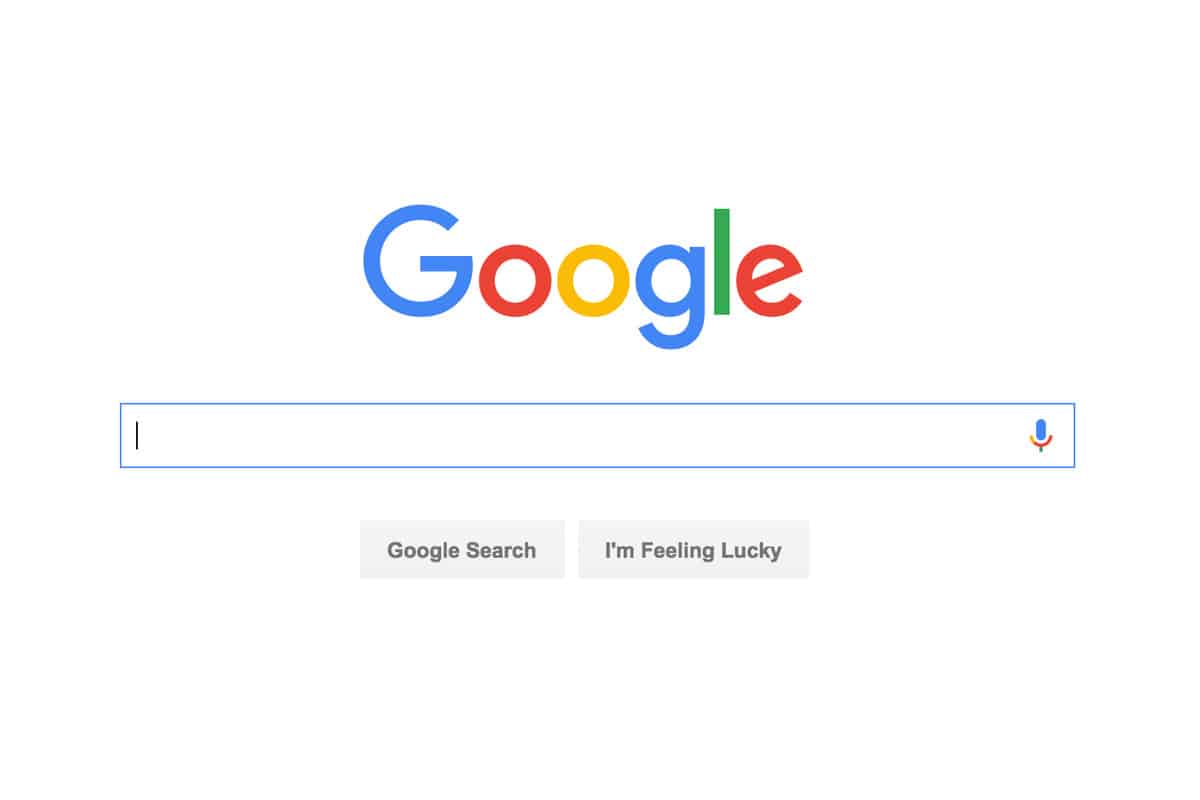Child Exploitation
What is child exploitation?
Child exploitation (CE) involves a child or young person being manipulated or forced into a certain kind of activity by someone who holds power over them. The activities may include moving or selling drugs, concealing weapons, or engaging in sexual activity. Victims may be forced to comply through threats of violence, by being manipulated by someone they believe loves them, or by being told that the activity is necessary to settle a debt engineered by the perpetrator. Perpetrators can be individuals, criminal gangs, or other organised criminal groups. When criminal groups move drugs or weapons between areas, often exploiting young people to do so, this is known as County Lines.
Child sexual exploitation (CSE) is a type of sexual abuse. When a child or young person is exploited they’re given things, like gifts, drugs, money, status and affection, in exchange for performing sexual activities. Children and young people are often tricked into believing they’re in a loving and consensual relationship. This is called grooming. They may trust their abuser and not understand that they’re being abused.
Children and young people can be trafficked into or within the UK to be sexually or criminally exploited. They’re moved around the country and made to deliver or sell drugs or weapons, or are abused by being forced to take part in sexual activities, often with more than one person. Young people in gangs can also be sexually exploited.
Sometimes abusers use violence and intimidation to frighten or force a child or young person, making them feel as if they’ve no choice but to comply. They may threaten the child’s family or friends, lend them large sums of money they know can’t be repaid, or use financial abuse to control them.
Anybody can be a perpetrator of CE, no matter their age, gender, class, or race. In the same way, any young person can be a victim; stereotypes are unhelpful when identifying and tackling CE, and it’s important to approach each concern using only the known facts. The relationship could be framed as friendship, someone to look up to, or romantic. Children and young people who are exploited may also be used to ‘find’ or coerce others to join groups.
Types of child exploitation
CSE can happen in person or online. An abuser will gain a child’s trust or control them through violence or blackmail before moving onto abusing or exploiting them. This can happen in a short period of time.
When a child is being criminally exploited they might be persuaded or forced to:
transport drugs or weapons to a different areas, where they are sold or delivered to a contact
‘recruit’ or supervise other young people within a gang structure
use physical or sexual violence to control an area or situation, or be a victim of this.
send or post sexually explicit images of themselves
film or stream sexual activities
have sexual conversations.
Once an abuser has images, video or copies of conversations, they might use threats and blackmail to force a young person to take part in other sexual activity. They may also share the images and videos with others or circulate them online.
Gangs use sexual exploitation:
to exert power and control
to use sexual violence as a weapon
for initiation
Children or young people might be invited to parties or gatherings with others their own age or adults and given drugs and alcohol. They may be assaulted and sexually abused by one person or multiple perpetrators. The sexual assaults and abuse can be violent, humiliating and degrading.
Signs of child sexual exploitation
Sexual exploitation can be difficult to spot and sometimes mistaken for “normal” teenage behaviour. Knowing the signs can help protect children and help them when they’ve no one else to turn to:
Having an older boyfriend or girlfriend
Staying out late or overnight
Having a new group of friends
Missing from home or care, or stopping going to school or college
Hanging out with older people, other vulnerable people or in antisocial groups
Involved in a gang
Involved in criminal activities like selling drugs or shoplifting
They may not know where they are, because they’ve been moved around the country, and seem frightened, confused or angry.
A child might know they’re being sexually or criminally exploited. They might be worried or confused and less likely to speak to an adult they trust. They may be afraid to speak out or try to change their situation, fearing reprisals if they confide in someone. They may fear being arrested and charged in relation to the things they’ve been made to do; within a gang structure, a young person may be manipulated into acting as a perpetrator of exploitation while still remaining a victim.
If a child reveals abuse
If a child talks to you about exploitation it’s important to:
listen carefully to what they’re saying
let them know they’ve done the right thing by telling you
tell them it’s not their fault
say you’ll take them seriously
don’t confront the alleged abuser
explain what you’ll do next
report what the child has told you as soon as possible
not make any promises around privacy or the next steps to be taken
Effects of child exploitation
Both exploitation in person and online can have long-term effects on a child or young person. They may:
struggle with trust and be fearful of forming new relationships
become isolated from family and friends
fail exams or drop out of education
become pregnant at a young age
experience unemployment
have mental health problems
make suicide attempts
abuse alcohol and drugs
take part in criminal behaviour
experience homelessness
Key Documents
SET Sexual Violence and Abuse Strategy 2020-2023
Time to Listen: a joined up response to child sexual exploitation and missing children
Child Sexual Exploitation: Definition and a guide for practitioners, local leaders and decision makers working to protect children from child sexual exploitation, Department for Education (2017).
Short film by Fiona Factor, University of Bedfordshire explains what young people affected by sexual exploitation have said they want from practitioners who work with them.
Signs and Indicators: A template for identifying and recording concerns of child sexual abuse – CSA Centre.
The NWG Network – https://www.nwgnetwork.org
Lucy Faithfull Foundation – https://www.lucyfaithfull.org.uk
NSPCC – Criminal Exploitation & Gangs – www.nspcc.org.uk/what-is-child-abuse/types-of-abuse/gangs-criminal-exploitation
Interventions
Consent – https://youtu.be/NLKWEUhOHss?si=0Faj9GqTjfwJt5-G
Consent for younger children – https://youtu.be/h3nhM9UlJjc?si=j3e79Ikgcypk2Ex7
https://www.barnardosrealloverocks.org.uk
Further resources are available under the ‘Child Exploitation’ section of the ‘Downloads – Children‘ page.
Explore further
Key downloads

